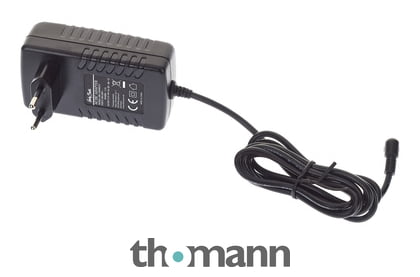Thanks both of you for your answers.
I've decided to use "bypass@stop".
Too bad that in this mode the wah->vol function is not available 😂.
If Wah is inactive, Pedal Link doesn’t work?
From page 127 of the Player manual:
Pedal Link
This allows you to use an expression pedal for multiple purposes. The setting applies to an expression pedal connected to the pedal Input as well as to MIDI.
“WahPedal >Volume” links the Volume Pedal function to the Wah Pedal.
For detailed explanation please refer to chapter Expression Pedals and Foot Switches.
From page 70 of the manual:
Connecting an Expression Pedal
The PROFILER Player features an input for the direct connection of an expression pedal. This can be configured in System Settings available in Rig Manager.
The Pedal Input is already preassigned as a combined Wah, and Volume Pedal. This is achieved by assigning the Wah Pedal function and activating “WahPedal >Volume”.
If you stick to these default assignments, you just need to plug in the TRS-cable – firstly into the pedal, then into the Player. Afterwards, you should perform a full sweep of the pedal to perform an automatic calibration.
The two functions “Wah Pedal” and “Volume Pedal” are mutually exclusive. As soon as a Wah effect is active, the
Wah Pedal controls this effect, while volume stays flat. As soon as there is no Wah effect in the current Rig, or if the Wah effect is switched off, the Wah Pedal defaults to controlling volume.

